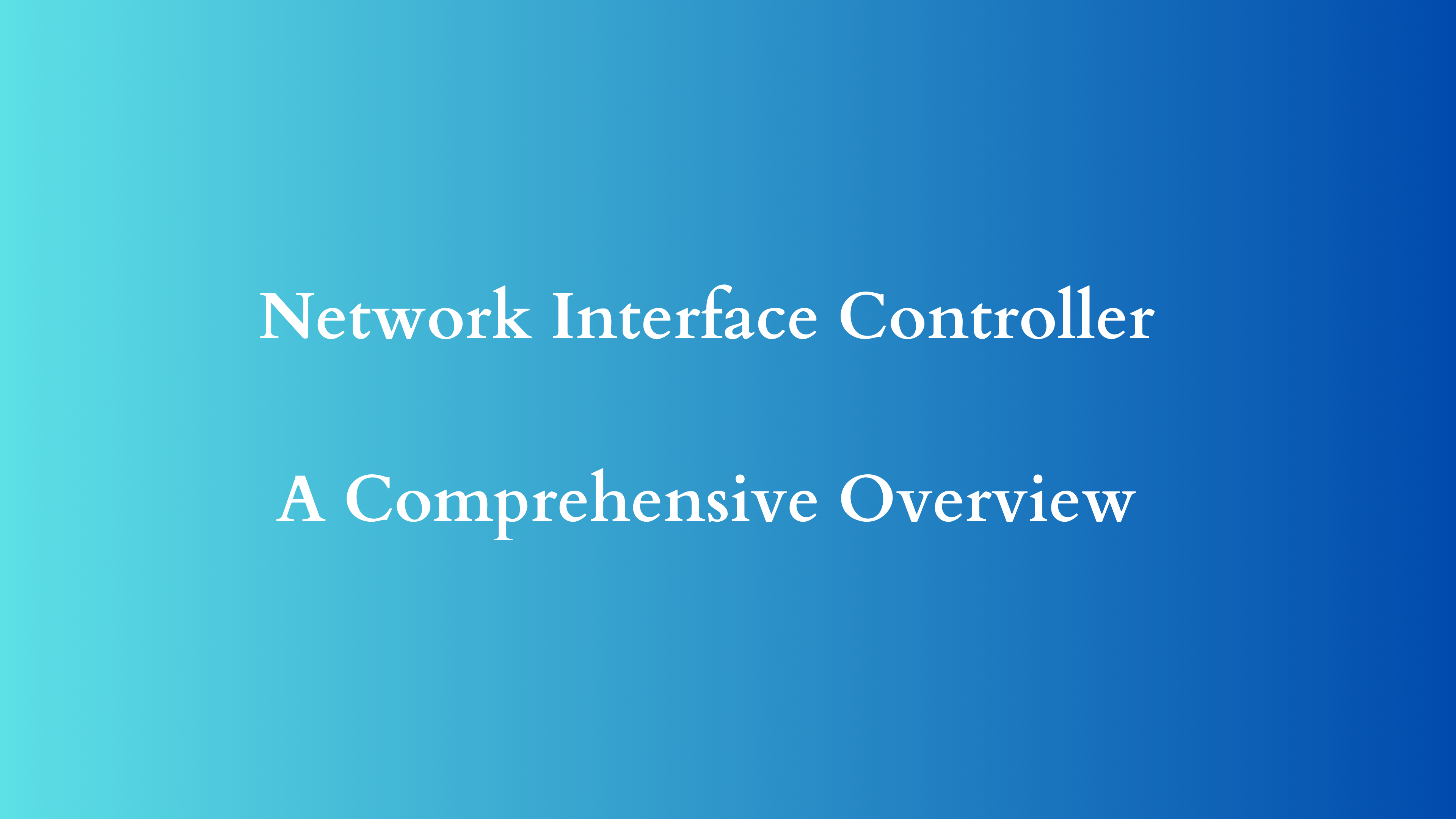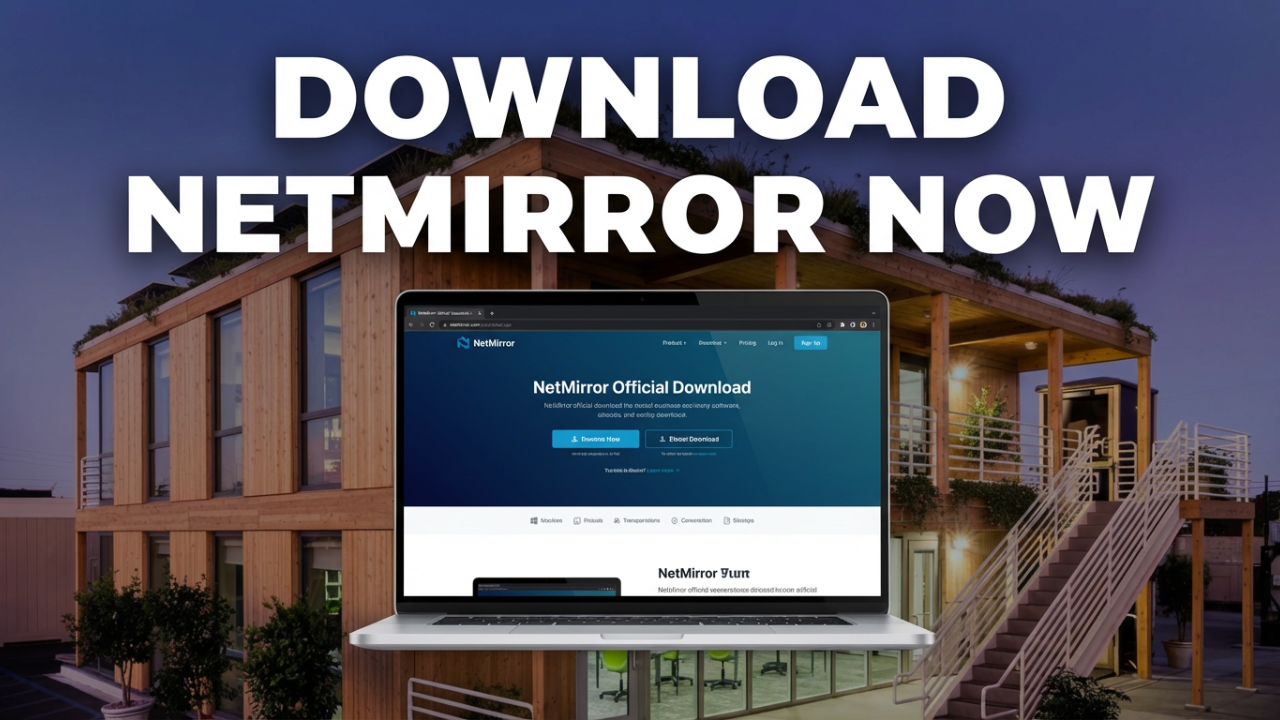Understanding Network Interface Controllers: The Backbone of Modern Connectivity
In today’s digitally driven world, the seamless communication between devices has become paramount to both personal and professional environments. At the heart of this connectivity lies a critical component: the Network Interface Controller, or NIC. While often overshadowed by more glamorous tech advancements, the NIC plays an indispensable role in network communication, essentially serving as the bridge between the physical environment and digital data exchange. This blog post delves into the intricacies of Network Interface Controllers, exploring their functionality, types, advancements, and their significance in contemporary networking.

What is a Network Interface Controller?
A Network Interface Controller is a hardware component that enables devices such as computers, printers, and servers to connect and communicate over a network. Often referred to as a network adapter or network card, the NIC can be a standalone card inserted into an expansion slot or integrated directly onto a motherboard. Regardless of form, its primary purpose remains the same: to convert data packets generated by the host device into a format suitable for transmission over a network medium, and vice versa.
Key Functions of a NIC
Network Interface Controllers perform several essential functions that facilitate effective networking:
- Data Framing: NICs segment data provided by the upper layers of the network stack into frames, adding necessary headers and trailers, which contain addressing and control information. This data framing is crucial for proper routing and handling within the network.
- Addressing: Each NIC is assigned a unique identifier known as a Media Access Control (MAC) address. This 48-bit address ensures that data packets are delivered to the correct devices on a network, functioning as a home address for network communications.
- Error Detection and Correction: NICs often include mechanisms to detect and correct errors during data transmission. They can check the integrity of the data using checksums and other methods, ensuring that the information received is accurate.
- Network Protocol Support: A NIC operates at the data link layer and interfaces directly with various network protocols. It supports multiple communication standards, including Ethernet and Wi-Fi, enabling diverse connectivity options.
- Speed Adaptation: Modern NICs are designed to negotiate speeds automatically with the connected devices, ensuring optimal performance. This adaptability is essential in a time when bandwidth demands are continually increasing.
Types of Network Interface Controllers
Network Interface Controllers can be categorized based on their connection types and technological standards. The two primary categories are:
1. Wired NICs
Wired NICs connect devices to a wired local area network (LAN) using Ethernet cables. These NICs ensure stable and high-speed connections, making them ideal for environments that require reliable data transfer, such as data centers and enterprise networks. Wired NICs come in various forms:
- PCI and PCIe NICs: These are expansion cards installed in the Peripheral Component Interconnect (PCI) or PCI Express (PCIe) slots on a motherboard. They offer high speed and are commonly used in desktops and servers.
- USB NICs: USB-based network adapters provide a versatile option for adding network capabilities to devices without internal slots, such as laptops and some tablets. They are especially useful for temporary setups or network expansions.
2. Wireless NICs
Wireless NICs, or Wi-Fi adapters, enable devices to connect to wireless networks, eliminating the need for cables. These NICs adhere to different Wi-Fi standards, such as IEEE 802.11a/b/g/n/ac/ax, providing varying levels of speed and range. Key types include:
- Internal Wi-Fi NICs: Integrated into laptops and many modern desktops, these NICs provide built-in wireless capabilities, allowing for convenient connectivity without sacrificing space.
- External USB Wi-Fi NICs: Similar to wired USB adapters, these provide wireless capabilities for devices lacking built-in Wi-Fi support. They are portable and easy to use.
The Evolution of NIC Technology
Historically, networking began with shared coaxial cables and simple Ethernet NICs. Over the years, advancements in technology have led to significant improvements in performance, functionality, and usability. Some noteworthy developments include:
- Gigabit and 10-Gigabit Ethernet: The introduction of gigabit Ethernet NICs revolutionized wired networking, providing speeds up to 1 Gbps. The subsequent introduction of 10-Gigabit Ethernet expanded this further, catering to demanding applications such as video streaming and large data transfers.
- Wireless Standards Evolution: The leap from Wireless-N (802.11n) to Wireless-AC (802.11ac) and now Wireless-AX (802.11ax) has dramatically increased wireless speeds, reduced latency, and improved handling of multiple devices.
- Network Interface Virtualization: With the rise of cloud computing and virtual environments, NICs have adapted to support virtualization technologies. Virtual NICs allow for efficient resource allocation, providing network access to virtual machines and cloud instances.
- Network Security Enhancements: Modern NICs are often equipped with advanced security features, including encryption methods like WPA3 for wireless connections, ensuring data integrity and confidentiality during transmission.
The Importance of NICs in Contemporary Networking
As we continue to witness the expansion of the Internet of Things (IoT), smart homes, and rapid growth in data consumption, the significance of Network Interface Controllers cannot be overstated. Their contributions are evident in several areas:
- Increased Connectivity: With more devices needing to connect to the internet, NICs equipped with advanced technologies can handle multiple communications simultaneously without compromising performance.
- Support for High Bandwidth Applications: Today’s NICs are optimized for bandwidth-intensive applications, such as video conferencing, online gaming, and large file transfers, ensuring that these activities are carried out with minimal downtime and lag.
- Secure Networking: As cybersecurity threats continue to rise, NICs with enhanced security measures help safeguard sensitive data from unauthorized access and breaches, fostering trust in the networks we use daily.
- Facilitating Remote Work and Collaboration: In an era of remote work, NICs enable stable and efficient connections, allowing teams to collaborate effectively across various locations.
Conclusion
Network Interface Controllers may not be the most glamorous element of networking infrastructure, but their role is undeniably pivotal. As the backbone of connectivity, they enable communication between myriad devices, facilitating everything from casual browsing to critical business operations. Understanding the functionality, evolution, and significance of NICs is crucial for anyone engaged in IT, networking, or even everyday technology use. As technology continues to advance, NICs will undoubtedly evolve alongside, ensuring that our networks remain robust, responsive, and secure in an ever-connected world.






